Being rather brighter in outlook than my apparently sometimes-curmudgeonly demeanour might suggest, I spent lockdown trying if not exactly to see the sunny side of it then to at least learn any useful lessons that might be learned therefrom. And without sounding too profound, I’ve concluded that what matters most, other than the obvious, like family and friends, are experiences. All the things I recall with the most joy are those that I’ve done, not those that I’ve owned.
Yet you need at least some stuff in order to have those experiences. You’re not going to get very high up a mountain without some decent walking boots, nor jump out of an aircraft without, well, an aircraft out of which to jump. So I’ve been thinking about what you actually need in terms of equipment to experience driving in its purest, most easily enjoyed form. And the answer is right in front of you now.
It’s a Caterham Super Seven 1600, the Super denoting its slightly olde-worlde style, with its flared wings, rear-mounted spare wheel and period-look Smiths instruments. But even if that’s not to your taste (as it is absolutely to mine), it doesn’t really matter; any simple Seven will do.
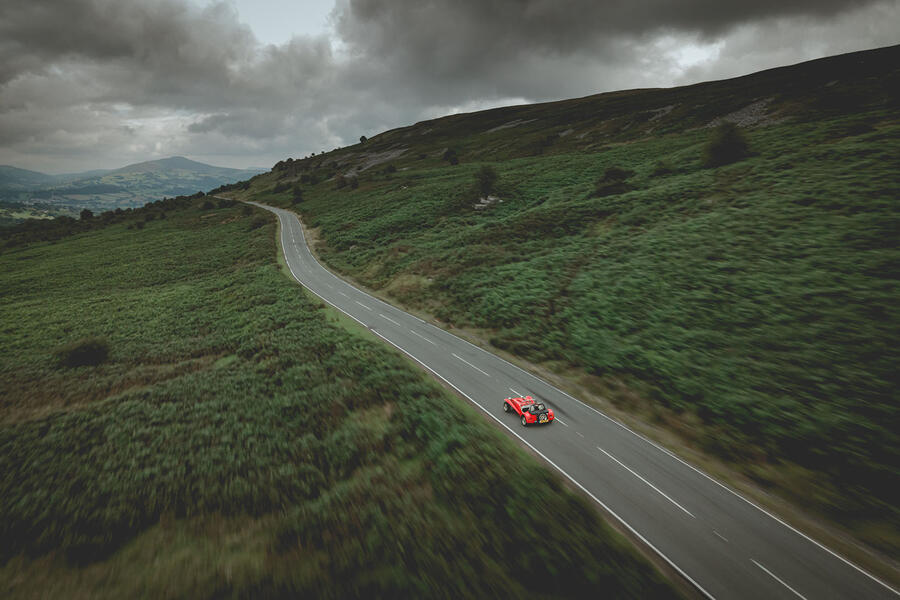
For this is not a whizz-bang supercharged brute that wants to pull you out of the back of the car every time you put your foot down, but a roadster powered by nothing more than a 1.6-litre motor, directing its modest 135bhp to the rear wheels via an open differential. It weighs just 540kg as standard, including its spare wheel and without having to resort to expensive options like carbonfibre seats.
If you’ve never driven a car that weighs so little, I can’t commend the experience more. We think of something like the Volkswagen Up GTI as being a tiny little flyweight pocket rocket, but actually it has almost exactly double the mass of this Caterham. And when a car also comes with a centre of gravity barely higher than the surface which you traverse, the result is a machine that drives utterly differently to any remotely conventional car. I’ll concede that being honed over a period of more than 60 years probably helps, too.

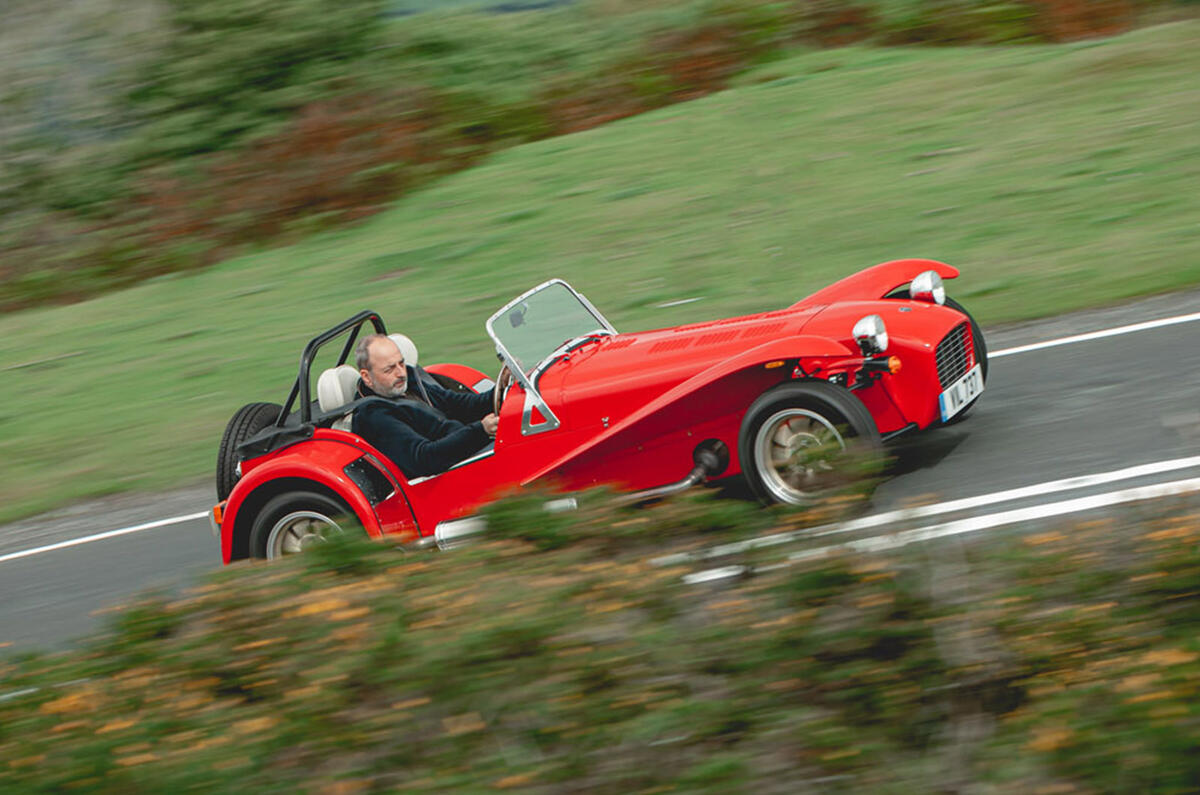
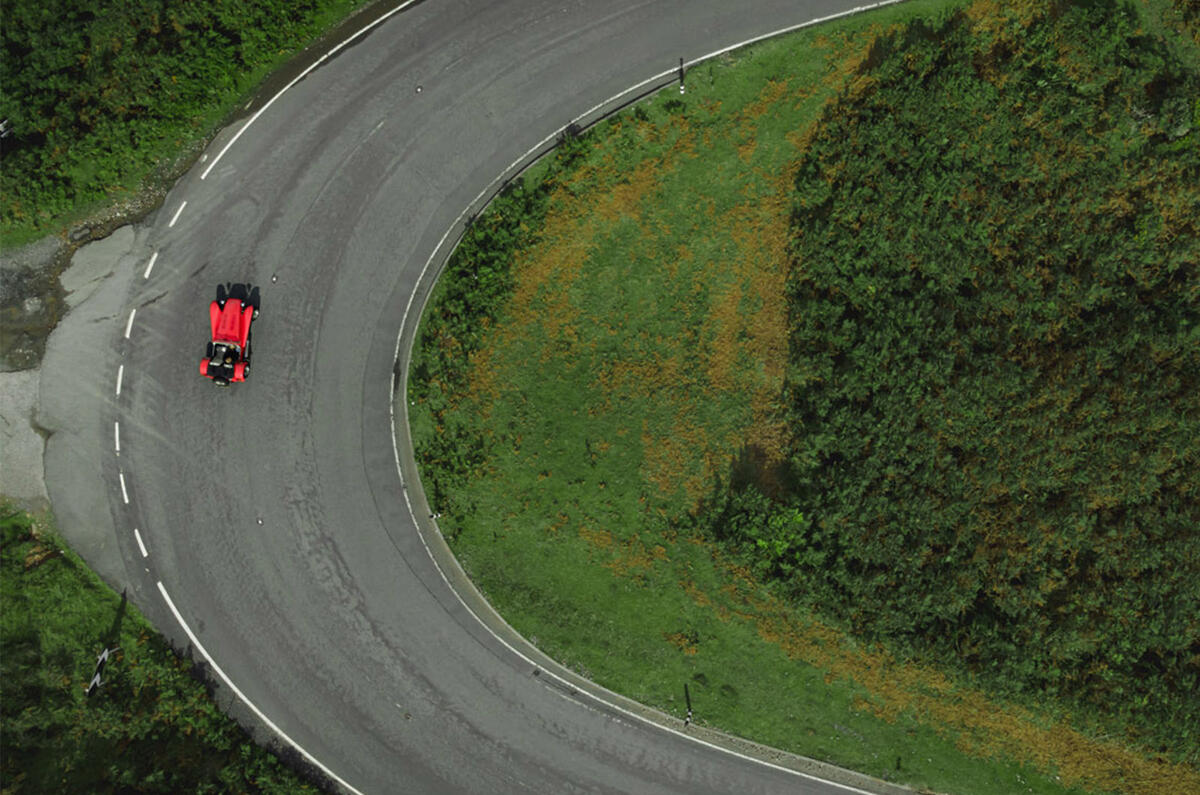
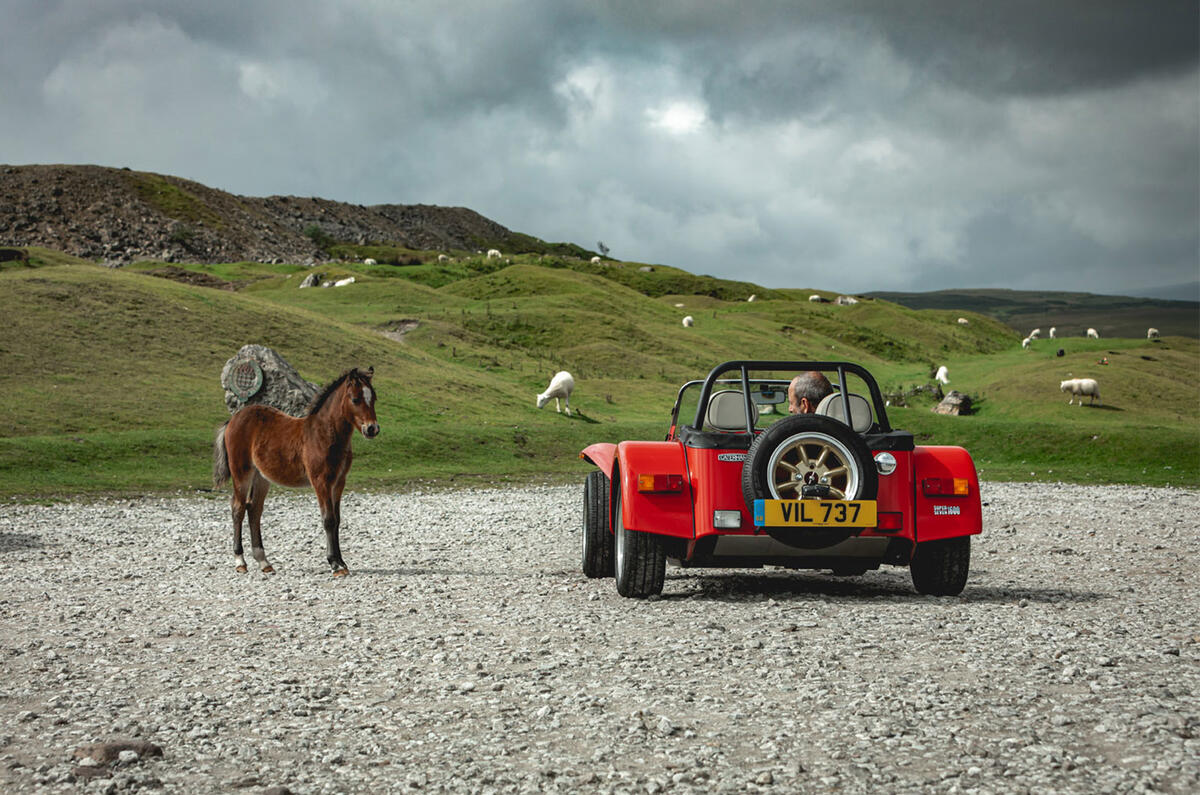
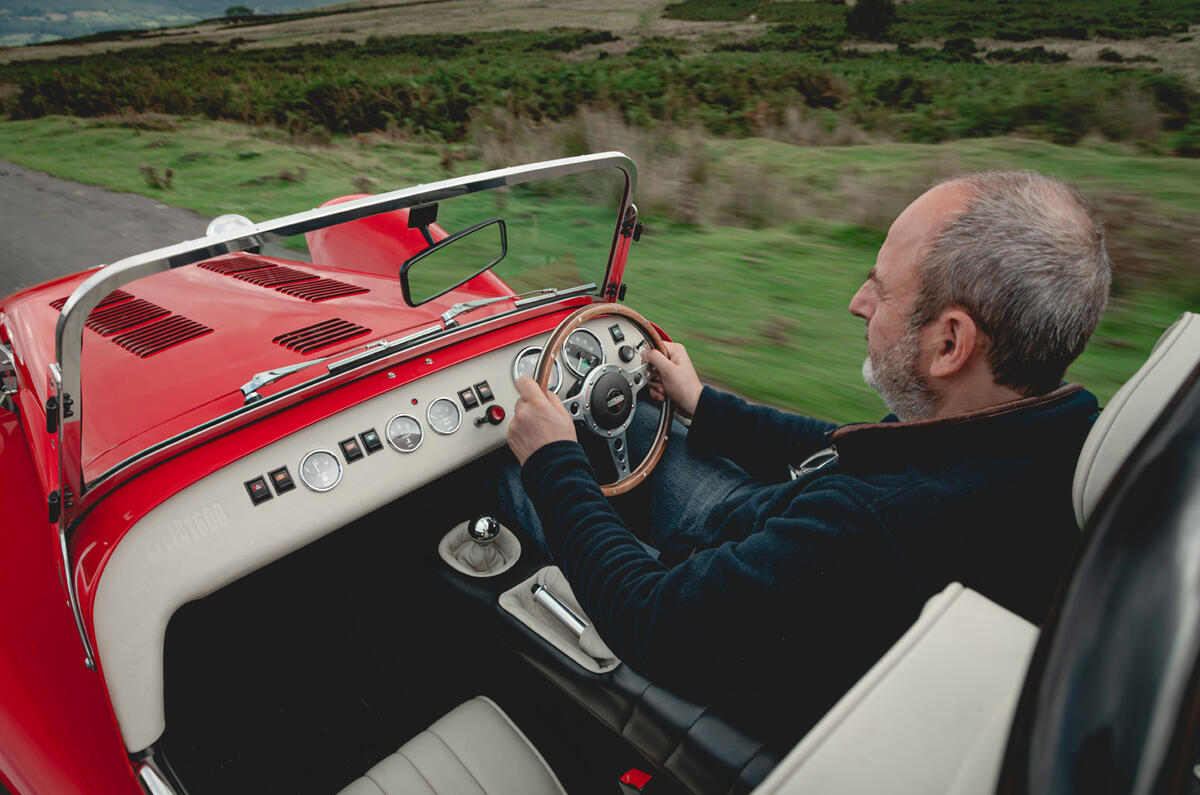
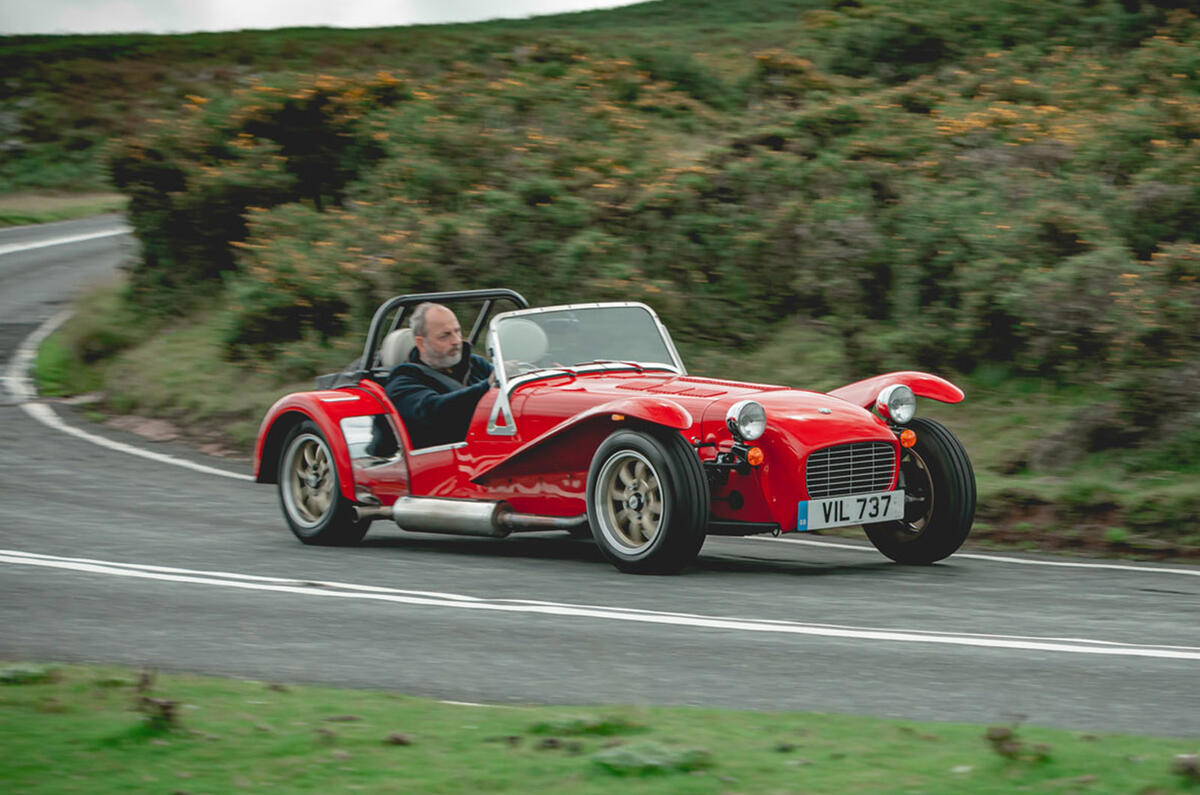

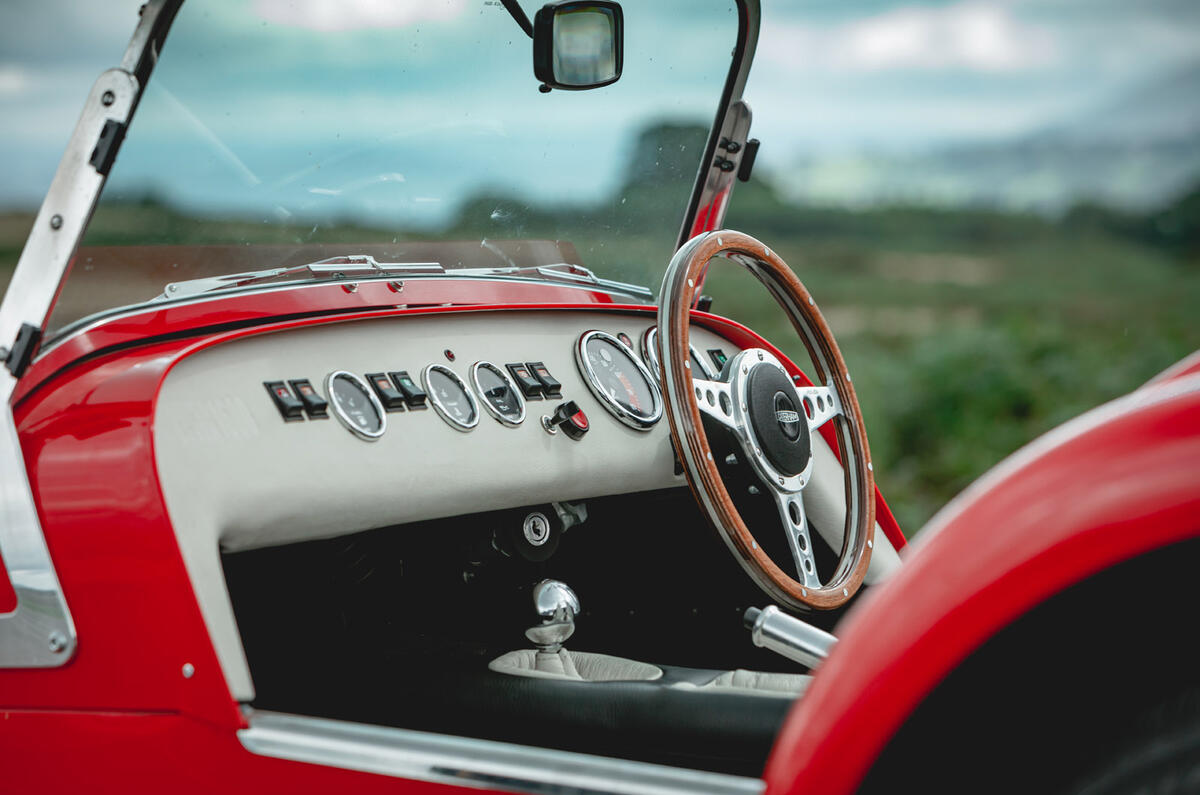


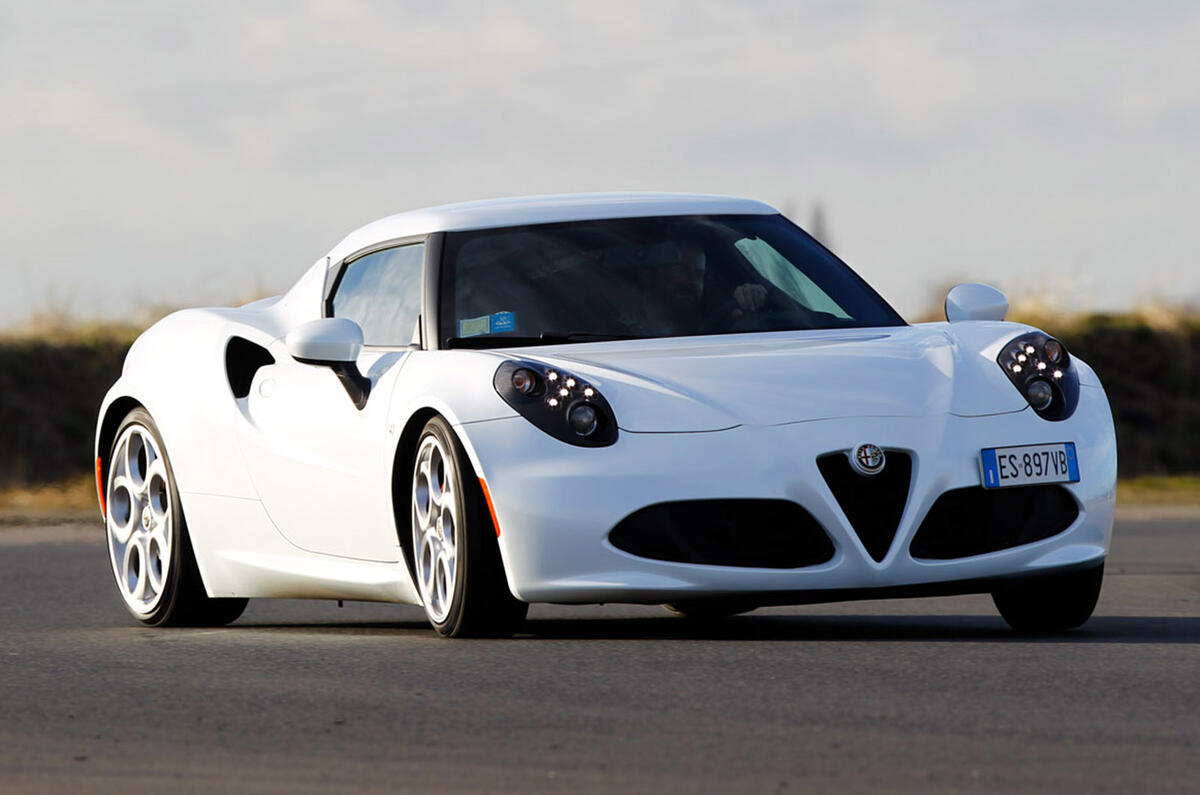
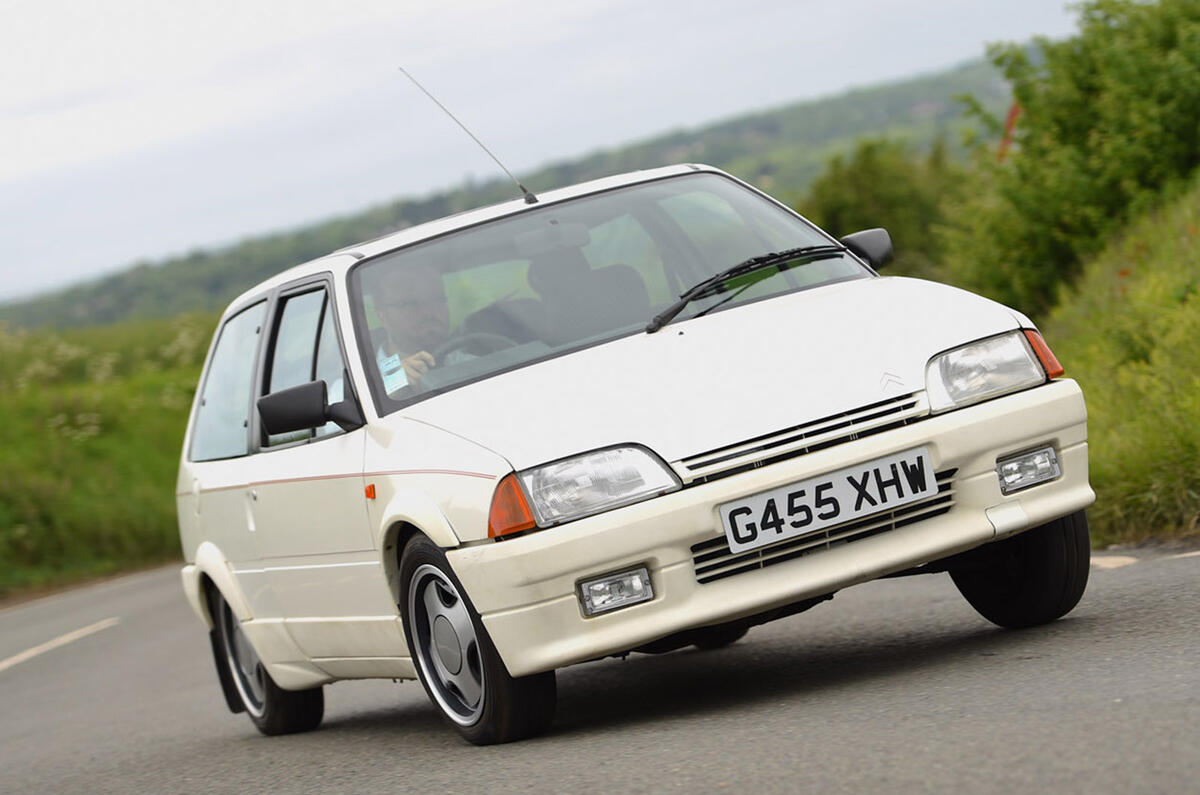
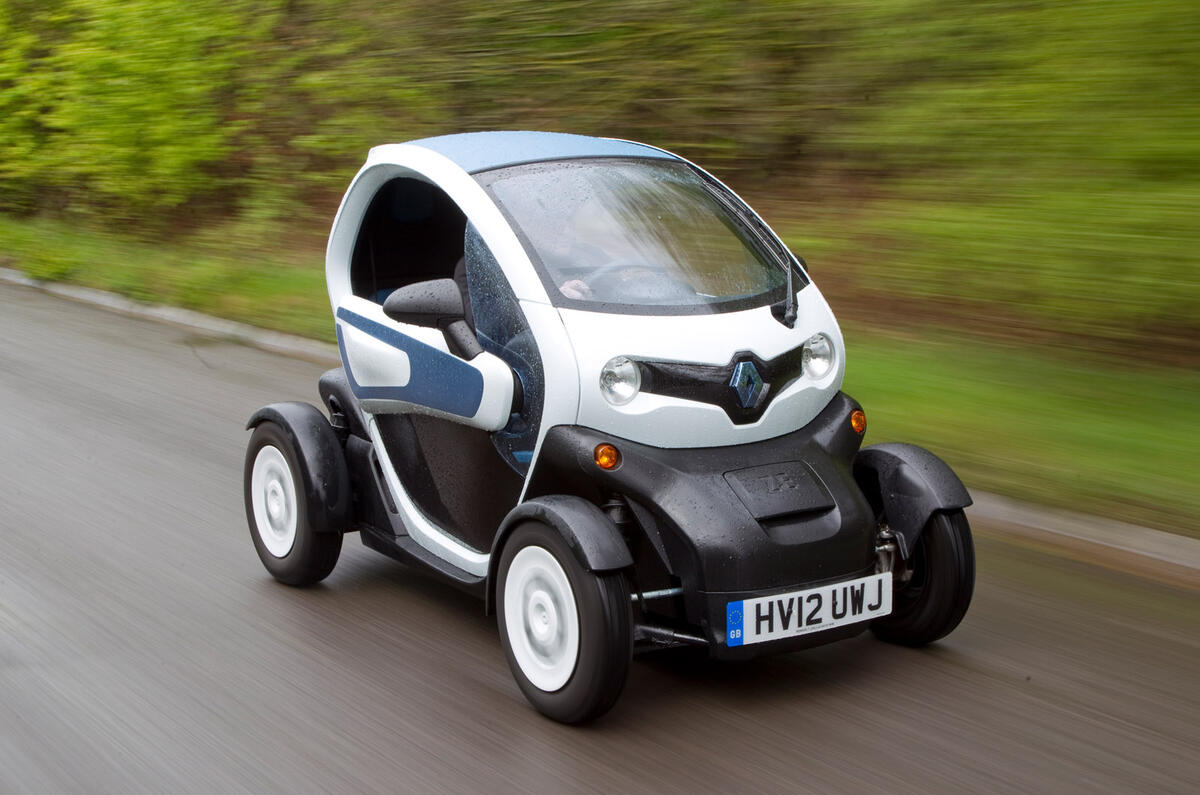
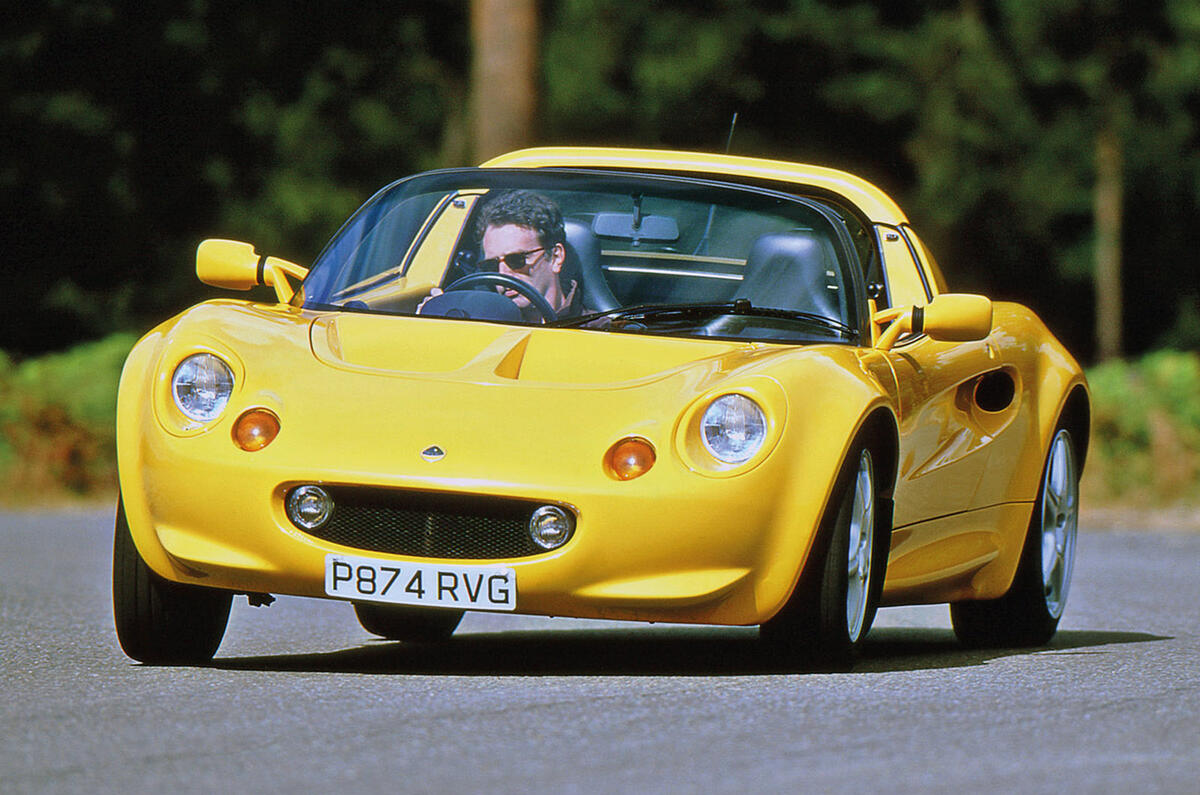

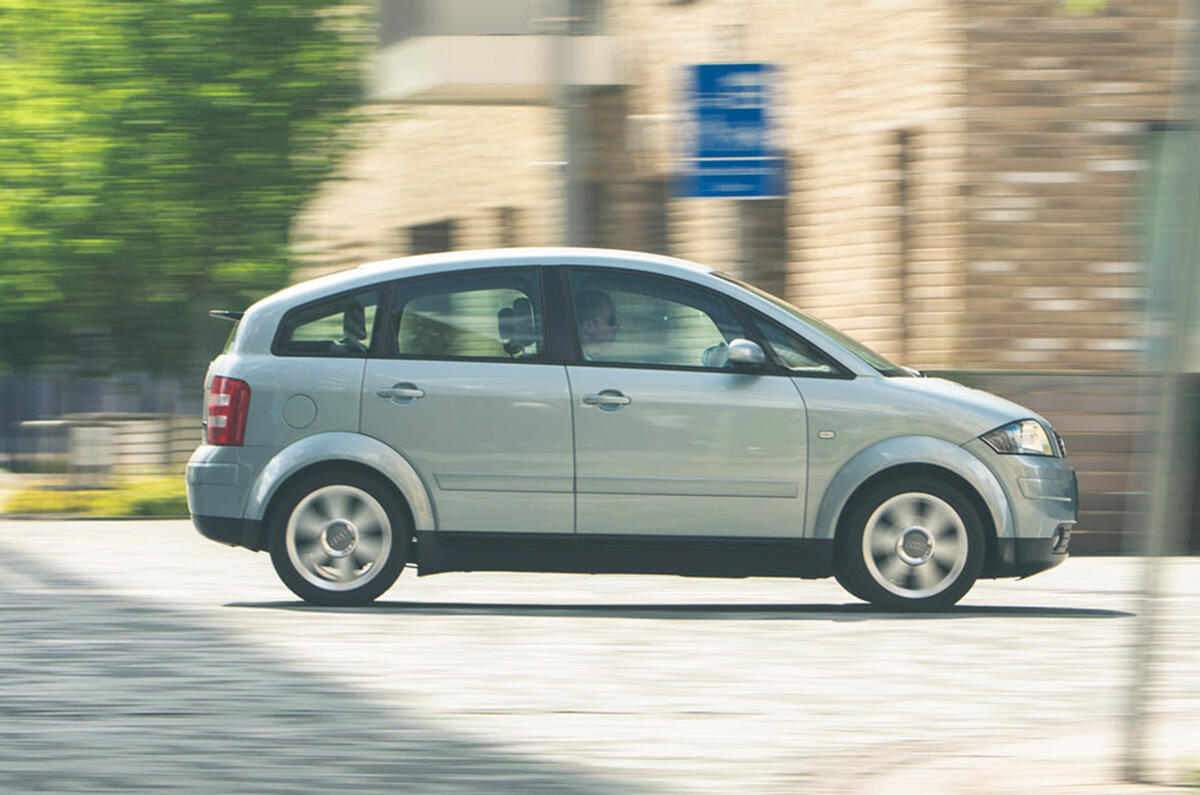
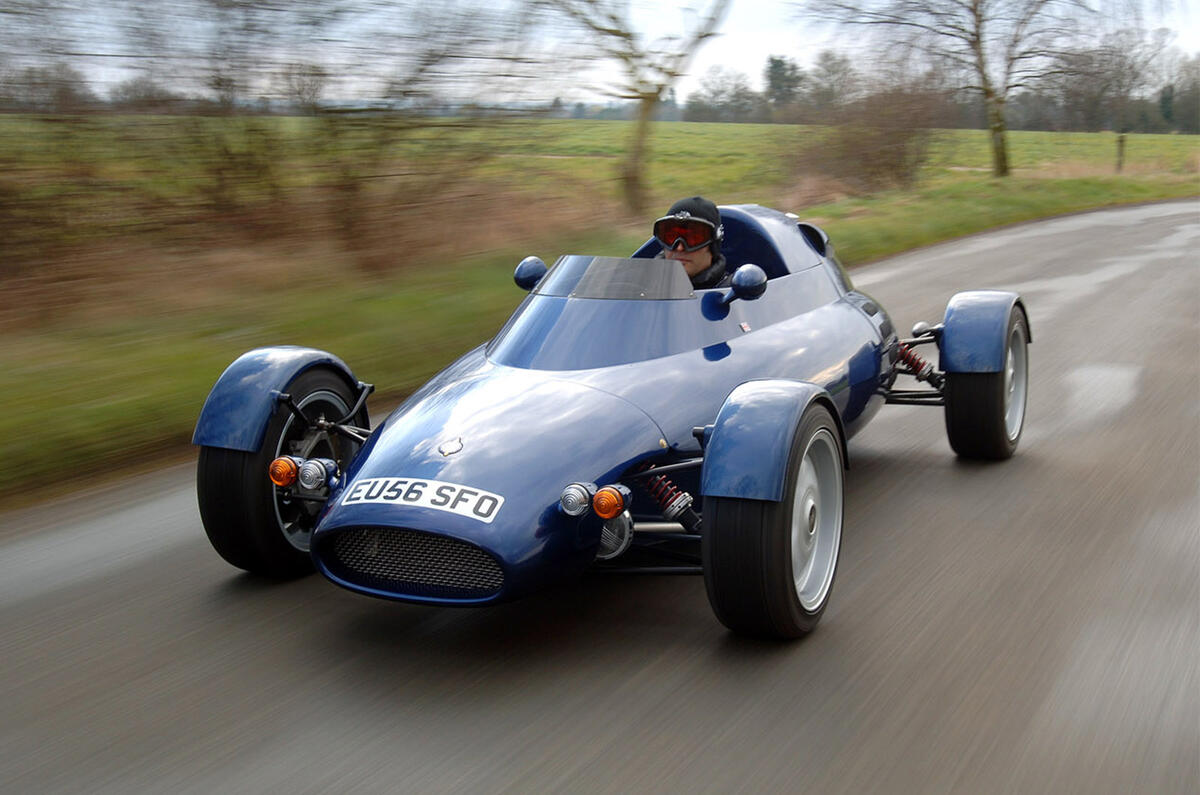

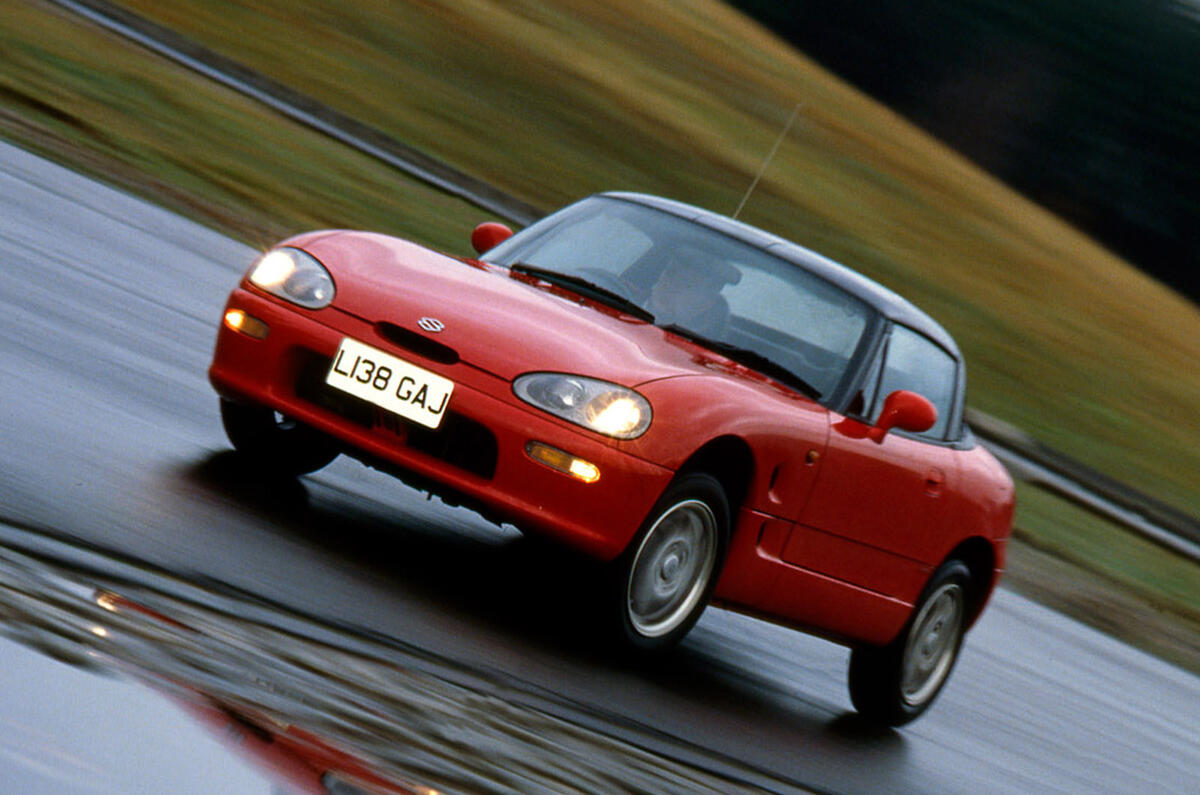
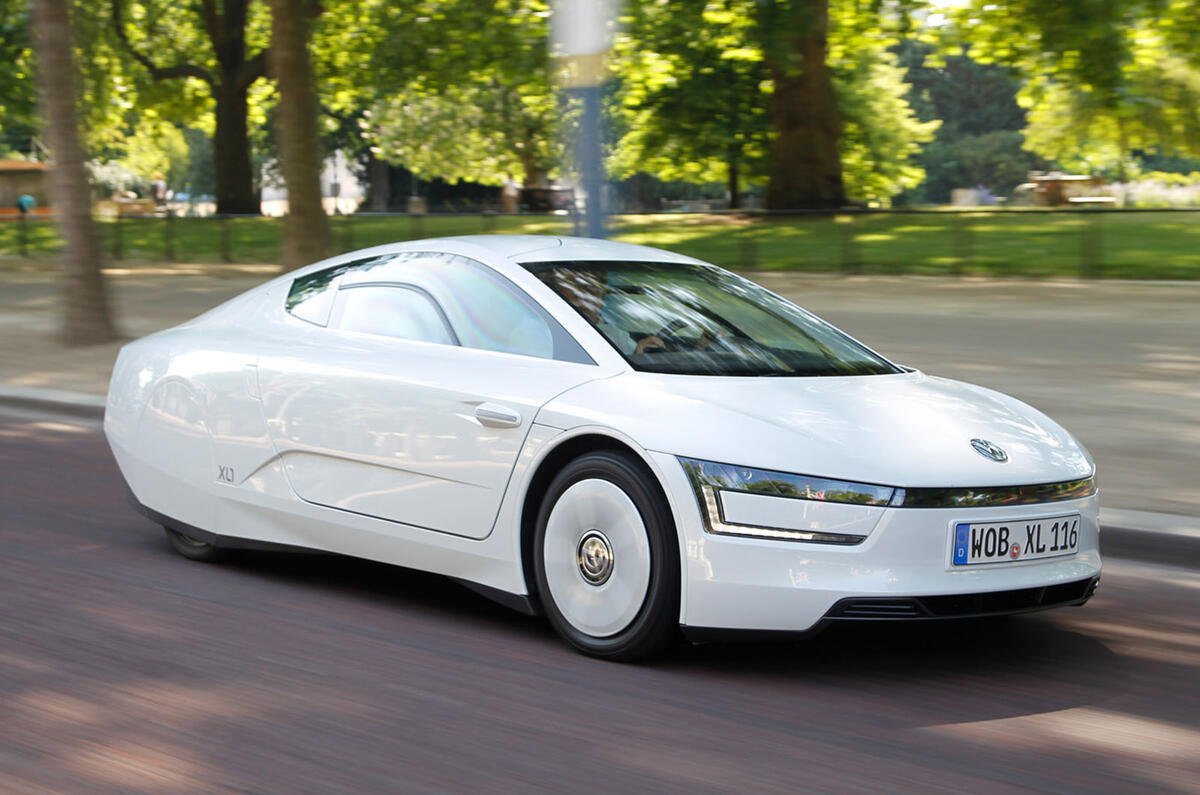
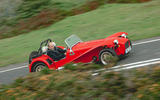
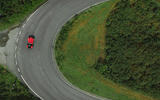

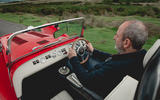
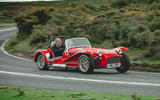
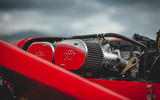

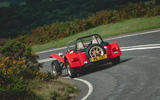

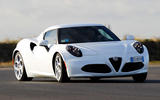
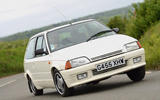
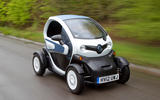

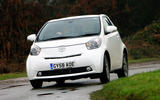
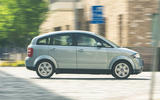
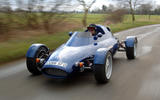
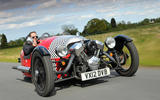
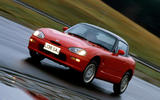
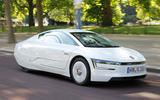

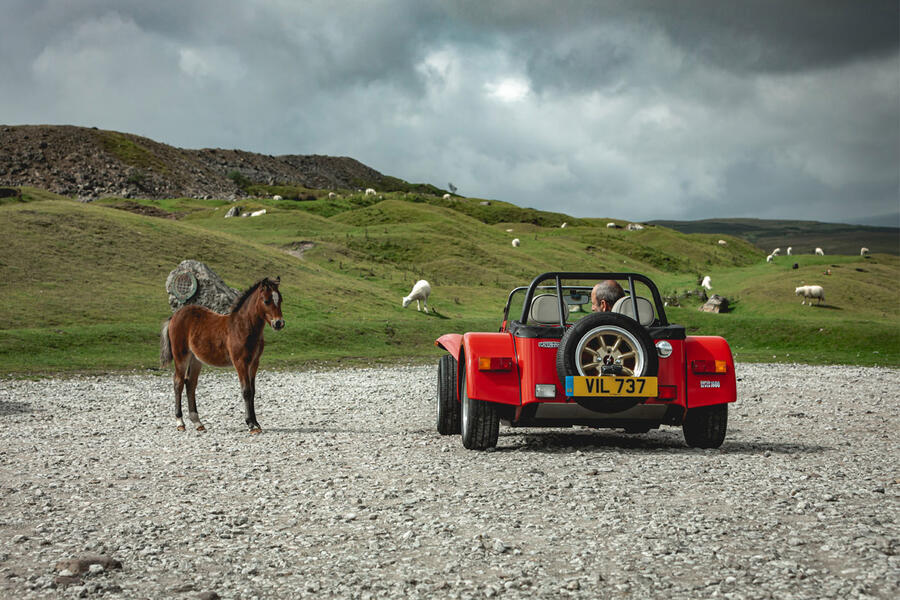
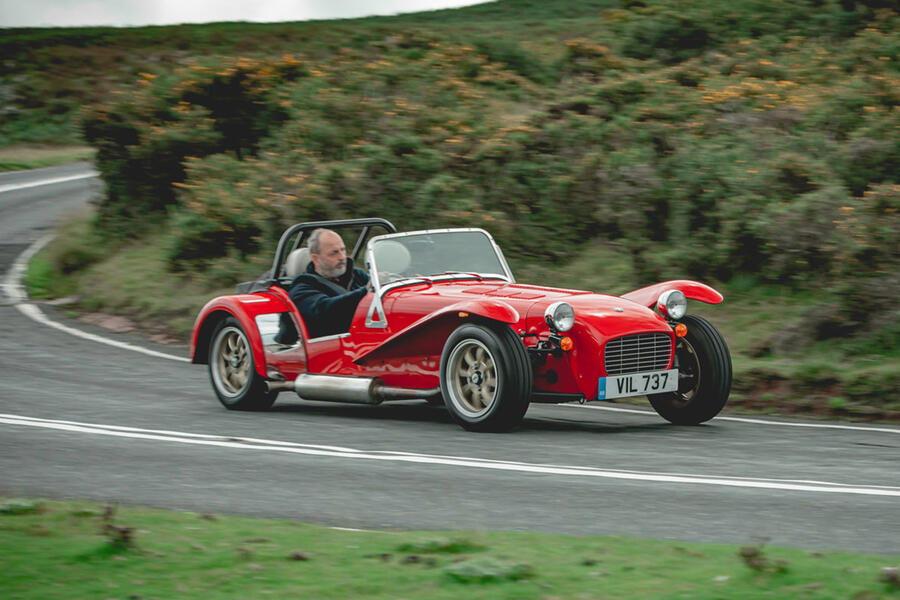
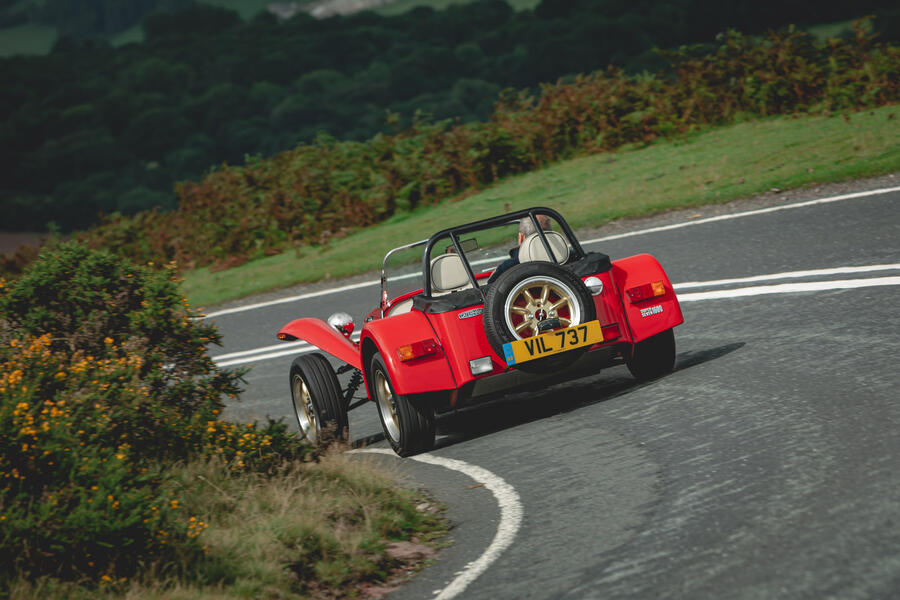
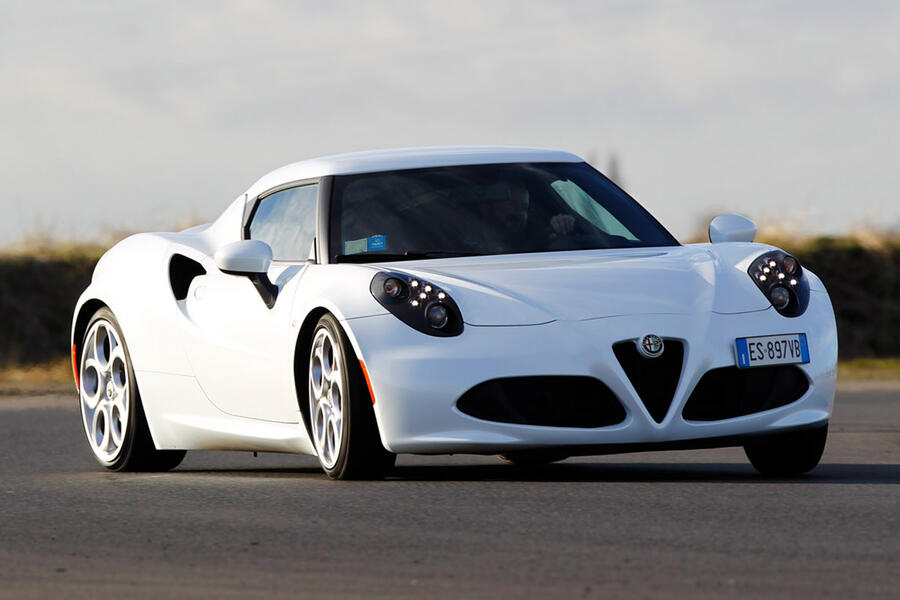
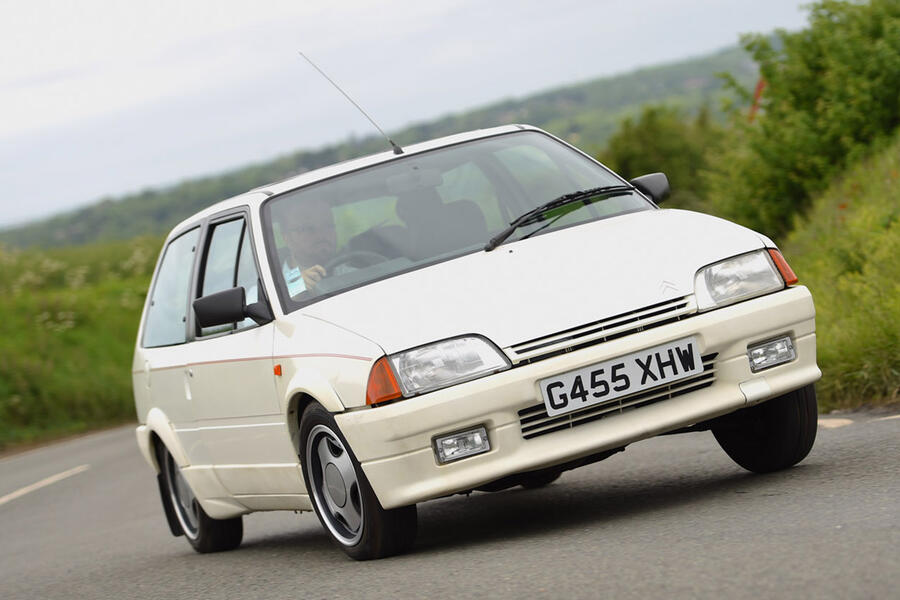
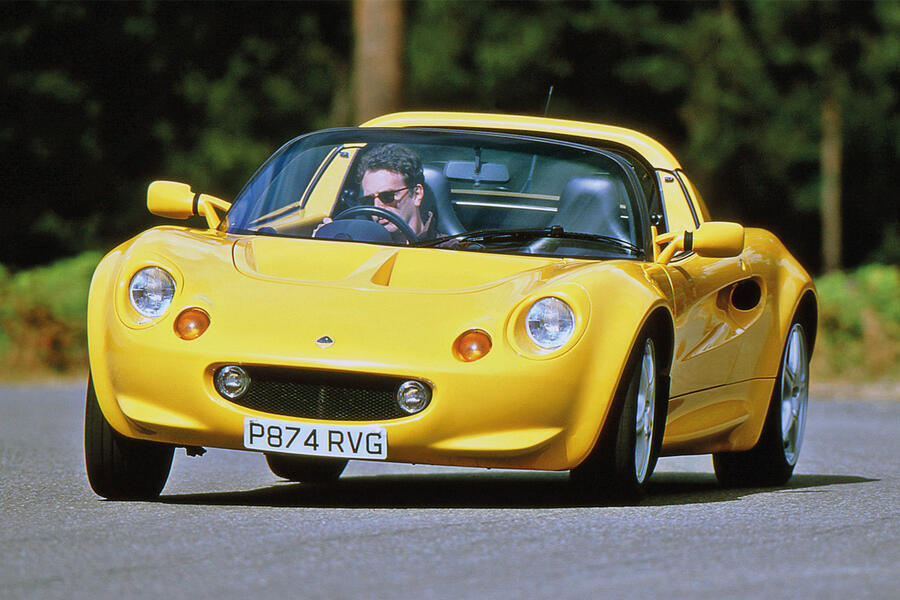
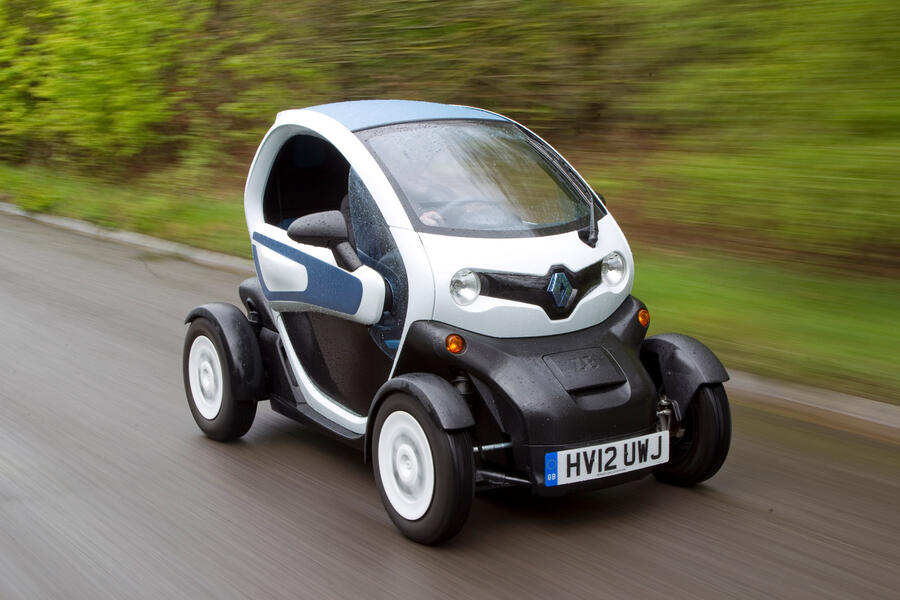
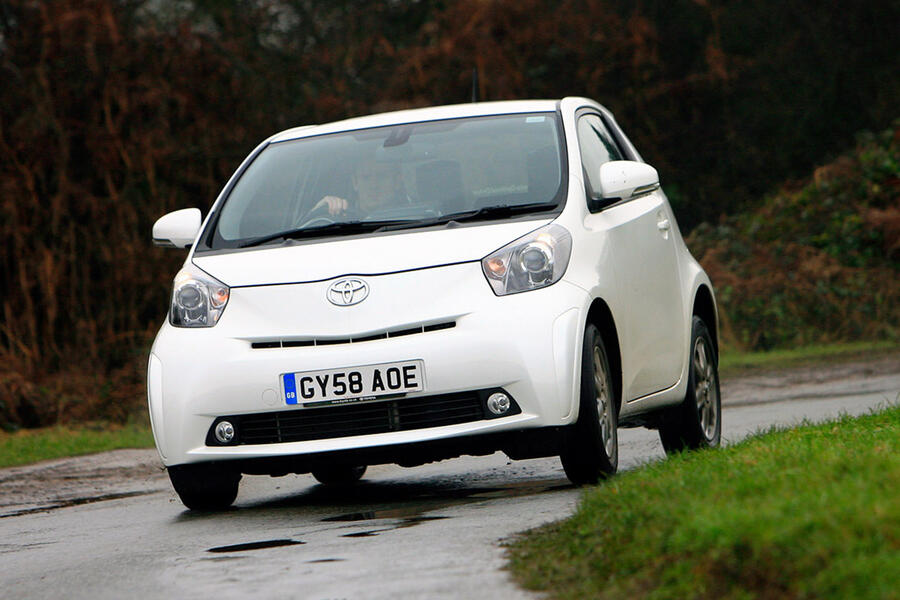
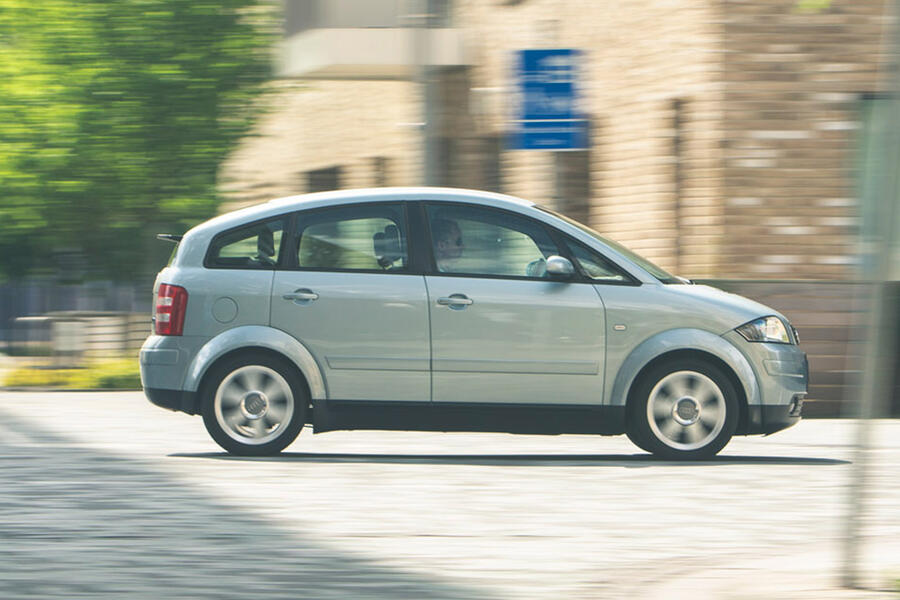
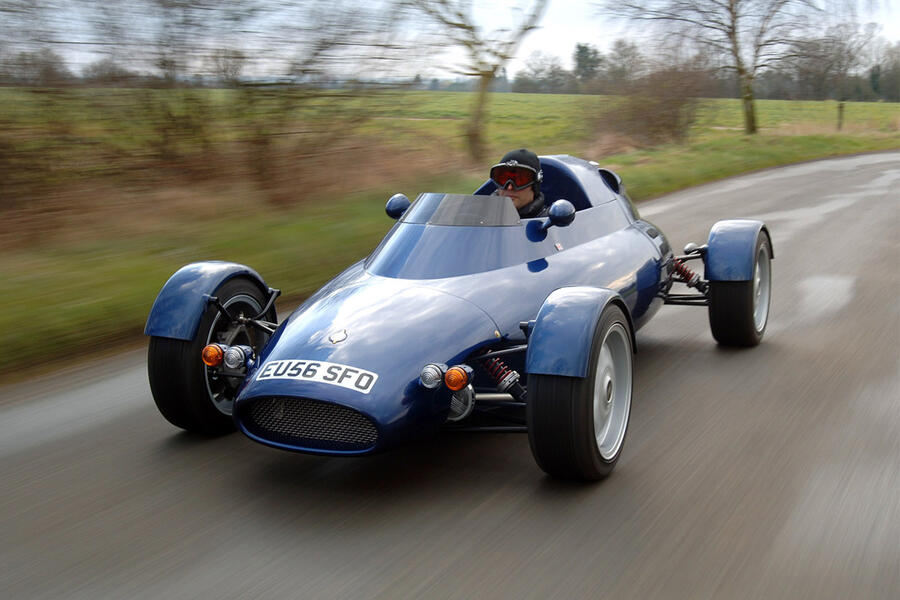
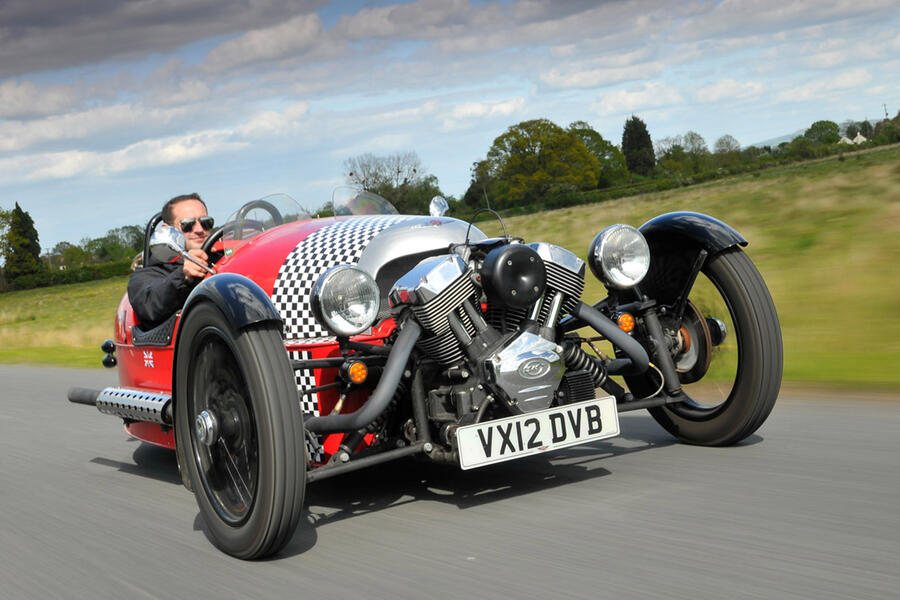
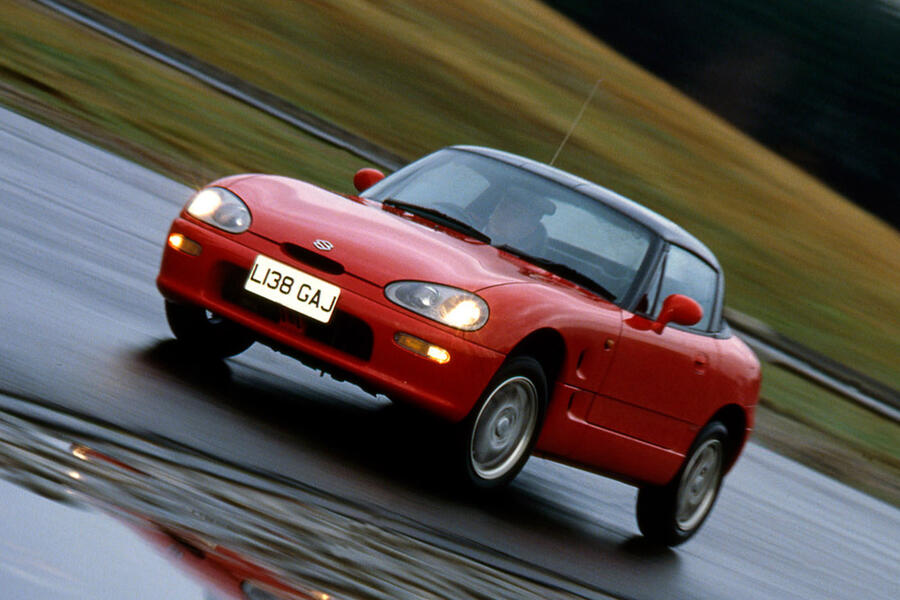
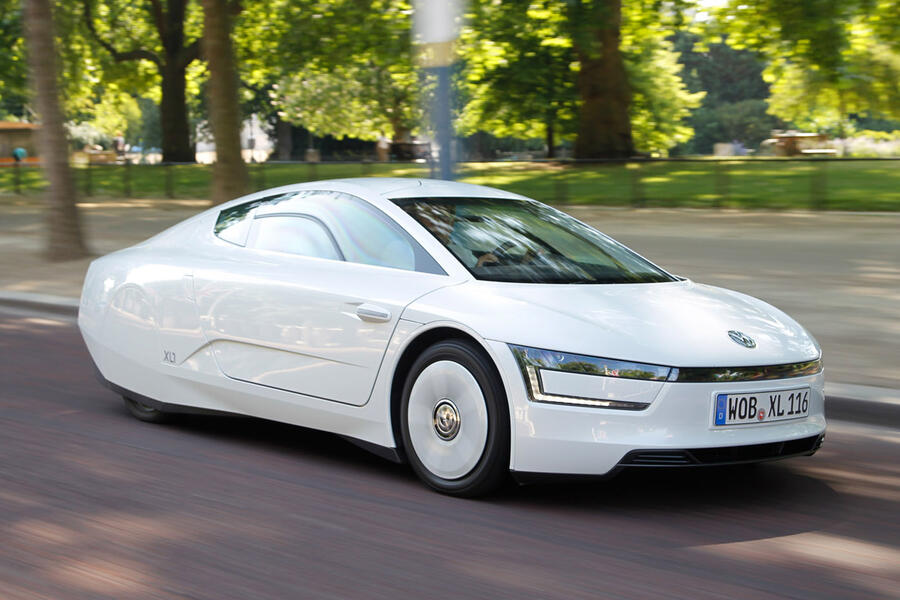


Join the debate
Add your comment
Ofcourse it's the best
Ofcourse it's the best drivers car - it's british
AX GT
I had a AX GT, may have been built like an egg box but it was reliable. I took it from 50 - 125k and it didn't break, so simple little to go wrong. Think the rear tyres lasted 100k!!!
Andrew Frankel’s 100% right
Lighter, simpler cars are so much more satisfying to drive than heavier, more powerful ones. Nothing crushes my soul more than opening up the Autocar website and seeing an article about yet another 1000 bhp hypercar (see: Lotus Evija, for example - not remotely close to anything Colin Chapman would ever have made).
Many moons ago I owned a Nissan 200SX mk 2, a car I absolutely loved. I took it to a Nissan main dealer for a service and was given a Micra 1.0L for a curtesy car. It was smaller, lighter, and a lot less powerful than the 200SX, and, unlike the 200SX, it didn't have power steering. And it was a LOT more fun to drive. I loved it and kind of fell in love with Micras (and simpler cars) after that.